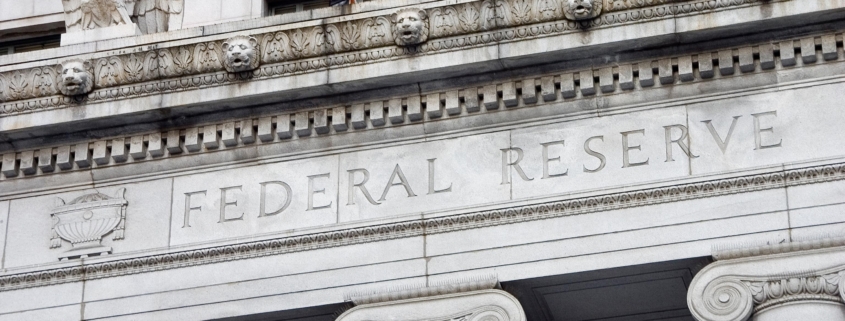Market Update: Banking Sector Continues to Navigate Choppy Waters
It is not the strongest or the most intelligent who will survive but those who can best manage change.
-Charles Darwin
Recap
The investment landscape is constantly evolving.
Over the last 6 weeks, we’ve experienced 3 of the 4 largest US Bank failures in history, with First Republic Bank the being most recent domino to fall. JPMorgan Chase quickly acquired the majority of First Republic’s assets, and assumed the deposits and certain other liabilities of First Republic Bank from the Federal Deposit Insurance Corporation (FDIC) for $10.6 Billion, with FDIC providing 80% loss coverage of First Republic’s single-family residential mortgages for 7 years. The fair value of the single-family residential loans is ~$22 Billion, with an average LTV of 87%.
In previous communications, we stated we did not anticipate further bank contagion following the demise of Silicon Valley Bank and Signature Bank. We have since adjusted our outlook and acknowledge the possibility of more regional banks failing in the near term. While we shift our outlook and advise clients to consider limiting regional bank deposits to FDIC-insured amounts of $250,000 (or your bank’s threshold as several banks possess multiple charters, allowing for more than the standard $250,000 limit), we believe larger national and international banks maintain much more resilient capital structures and controls in place which offer greater safety in deposits.
Hike rates until it Breaks!
The Fed has an abysmal track record playing their part in several former crises. They generally tighten until something breaks.
The Savings & Loans (S&L) Crisis
In the early 1980s, the Federal Reserve increased interest rates to combat inflation, which made it more expensive for S&Ls to borrow money. Many S&Ls had funded their investments in real estate and other ventures with borrowed funds, so the interest rate hikes increased their borrowing costs and squeezed their profits. At the same time, the S&Ls were offering fixed-rate loans to homebuyers, which meant that they were locked into low interest rates and couldn’t adjust their rates to match the higher borrowing costs. When the real estate market declined in the late 1980s and early 1990s, many S&Ls were left with significant losses and were unable to repay their debts, leading to a wave of bank failures and government bailouts. The historic interest rate hikes contributed to the S&L crisis by increasing borrowing costs for the S&Ls and reducing their profits, which led to risky investments and fraudulent practices[1] to try to recoup losses. The crisis resulted in the closure of over 700 S&Ls and cost taxpayers over $100 billion in bailout funds.
The Dot Com Crash
From the late 90’s to early 00’s, investors engaged in speculative investing in internet-related companies which led to a market crash. At the time, many of these companies relied on debt financing to fund early expansion. Companies were able to sell ideas to investors through the novelty of the dot-com concept, most of which were unprofitable.
The Fed’s rate hikes to combat growing inflation pressures made it more difficult for companies to obtain financing and led to a decline in investor confidence, which subsequently followed with a stock market sell-off. Although greed served as the main driver of the crash, the Fed’s hiking cycle served as a catalyst.
The Great Financial Crisis
The hiking cycle of interest rates played a significant role in causing the Global Financial Crisis (GFC) of 2008. In the years leading up to the crisis, the Federal Reserve had lowered interest rates to stimulate economic growth following the dot-com crash and the September 11 terrorist attacks. These low interest rates, combined with lax lending standards, led to a housing boom as many people took advantage of the easy credit to buy homes, invest in real estate, and even take second and third mortgages on their homes. However, in 2004, the Federal Reserve began to raise interest rates to combat inflation stemming from cheap money. This made borrowing more expensive and slowed down the housing market. At the same time, many of the homeowners who had taken out adjustable-rate mortgages (ARMs) found themselves unable to make their payments as the interest rates on their mortgages increased. This led to a wave of foreclosures This, in turn, led to a credit crunch, as banks became reluctant to lend money to each other or to other borrowers, exacerbating the economic downturn. The hiking cycle of interest rates played a key role in causing the GFC by slowing down the housing market, leading to a wave of foreclosures. This, in turn, created a chain reaction of losses and defaults throughout the financial system, ultimately leading to a credit crunch and a global economic downturn.
Current Day
The current hiking cycle of interest rates to combat 40-year high inflation is creating a regional bank crisis. Banking institutions, heeding the Fed’s guidance that inflation was transitory and rate hikes would not occur in the near future, searched for ways to increase yields on excess deposits invested in fixed-income securities. Many banks began increasing duration, reducing convexity[2], and taking greater interest rate risk to capture a positive return on investments. When the Fed began aggressively increasing interest rates, these investments lost value, and institutions holding these investments began to experience stress on their capital stack. Simultaneously, bank deposits continued to yield nearly zero. Regional banks with the most exposure to these investments have experienced significant outflows, and in some cases, failure.
Fed tightening cycles tend to have a way of exposing weaknesses formerly masked by easy money environments; similar to the economic environment investors have enjoyed since the GFC. When the Fed starts raising rates, the impact generally takes months before working through the system and affecting markets. We’re now witnessing the impact of the Fed’s most aggressive tightening cycle in four decades, and stress is being felt throughout the financial system.
What is happening now, and why did we adjust our outlook?
On Wednesday, May 3rd, the Fed continued its war against inflation and raised the target Federal Funds Rate (FFR[3]) by 25 bps to a target range of 5.00% – 5.25%. In 14 months, the Federal Reserve has increased rates 10 times, for a total increase of 500 bps. While the Fed will likely hit the pause button on rate increases in future meetings, they intend to keep rates elevated, adding additional pressure on banks and the debt service on corporate balances sheets.
Unlike their national and international counterparts, regional banks typically have less diversified business lines, less hedging (hedging is quite expensive and requires expertise), and more operational risk. Cracks within the foundation of Regional Banks subsequently began to appear during the current hiking cycle when depositors, unhappy with their meager deposit yield (most savings accounts were yielding <1%, while checking accounts were paying 0.01%) began withdrawing deposits and allocating funds to higher-yielding instruments like US Treasury Bills and money market funds. For example, from Q1 2022 to Q4 2022 (when the hiking cycle began), Money Market Funds total assets grew from 5.032T to 5.223T[4]. To free up liquid capital to maintain capital adequacy requirements from bank outflows, regional banks were forced to sell financial assets. Most fixed-rate bonds have lost value, forcing these banks to realize losses. Because banks are highly leveraged businesses, it doesn’t take much for a bank to get wiped out if it experiences an exorbitant amount of excess deposits invested in fixed-rate bonds during an extraordinary rising interest rate environment. We saw this with First Republic Bank (FRC).
By providing the concessions to JPMorgan Chase in the FRC deal discussed earlier, the Fed set the blueprint for larger banks to wait for FDIC to seize a failing bank and subsequently purchase the institution for pennies on the dollar. If regional bank failures persist, we anticipate this trend will continue and large banks will be successful in consolidating market share.
PacWest, a Beverly Hills, California-based bank is working to solicit interest in the sale of its lender finance arm to strengthen its balance sheet. Through May 9th, PacWest subsequently has lost approximately 75% of its value in 2023. Hence why we believe PacWest, among other regional banks are suffering the wrath of the Fed and lack of consumer confidence.
We continue to monitor the situation closely and assess possible contagion to other sectors of the economy. We do not believe that regional banks are out of the woods quite yet as they are one of the primary lenders to commercial real estate operators, and we expect that they will remain under pressure as they look to navigate the billions of dollars in maturing commercial real estate loans this year and next. At the current level of interest rates, we expect to see defaults across commercial real estate increase in the coming quarters, particularly for those operators using primarily floating-rate debt to finance their operations.
Further, we recommend clients review their banks’ FDIC limits and proceed with caution if choosing to hold cash above the insured amounts. While many banks have started to increase the rate they pay on savings accounts, we would still caution against holding above-insured limits, and encourage clients to explore options such as holding excess funds in investments like Treasury Bills, government-backed money market funds, or even brokerage CDs to name a few. We are happy to discuss which options would be optimal for you. We encourage you to reach out to your advisor to make appropriate changes.
If you have any questions, please do not hesitate to contact us.



